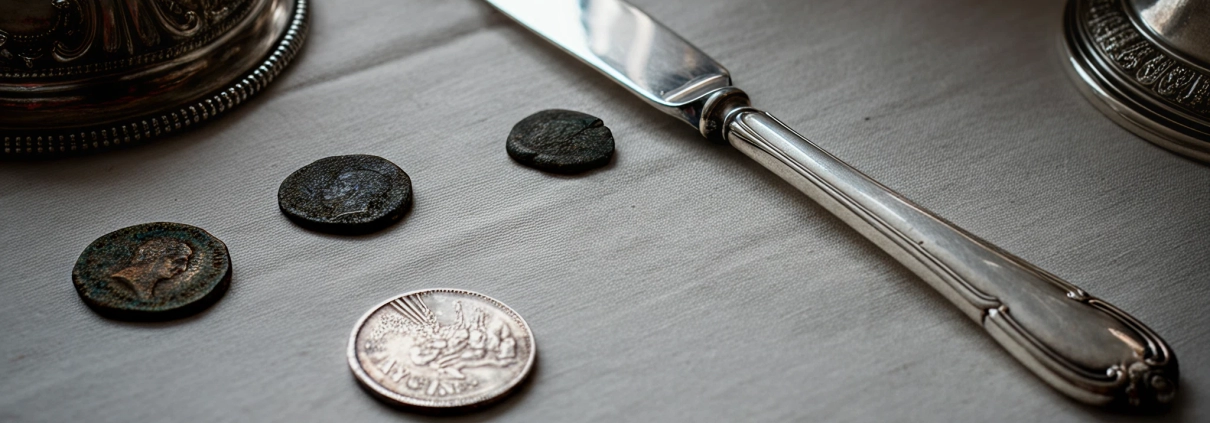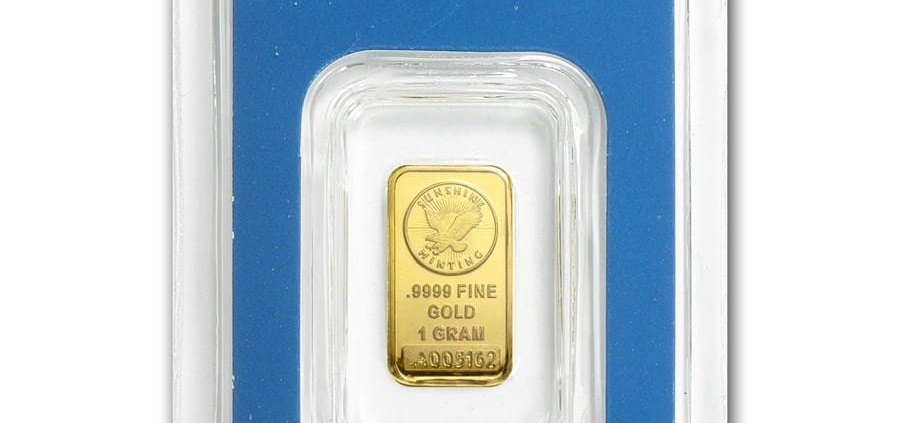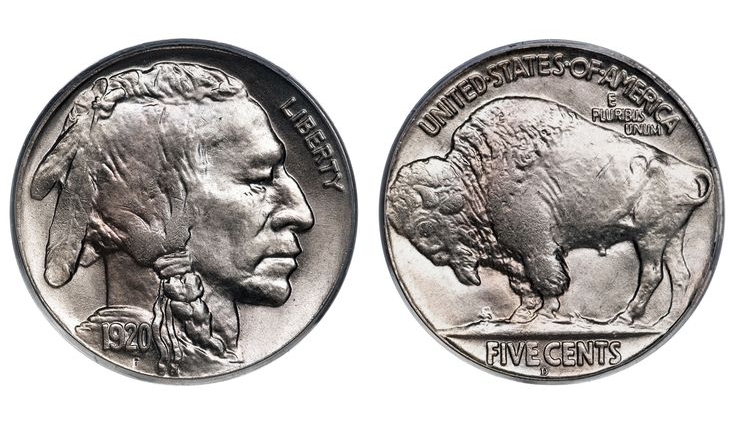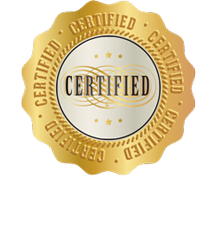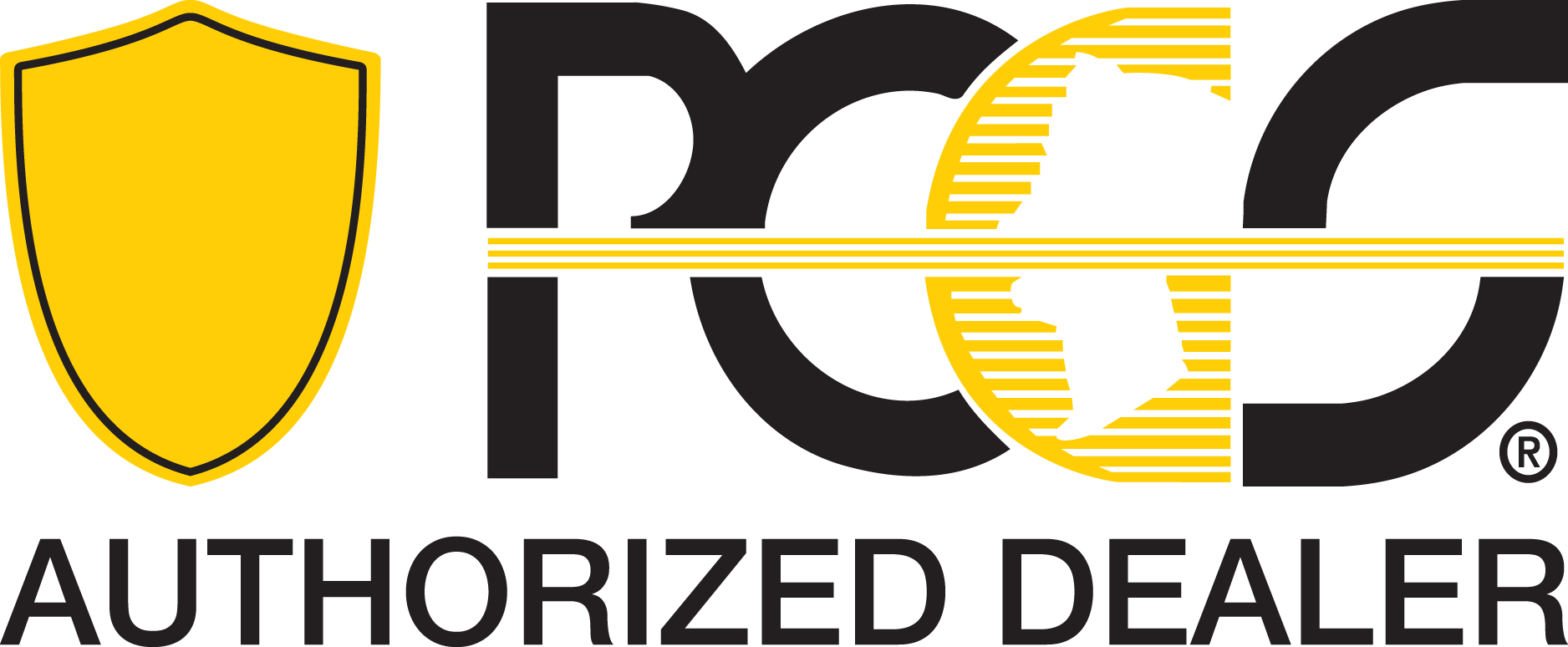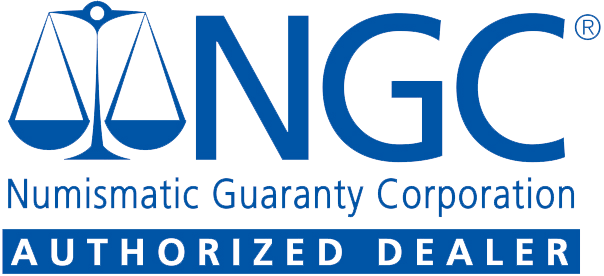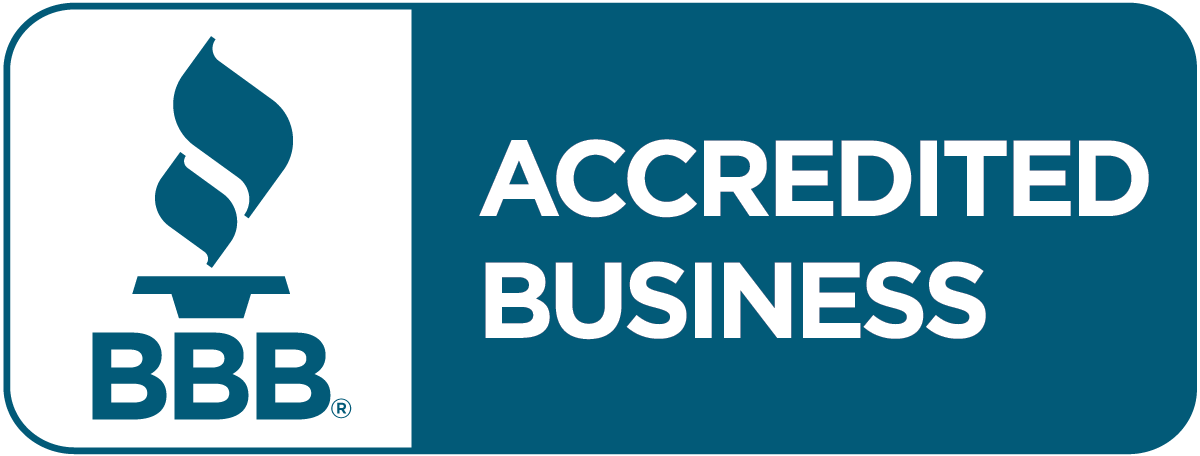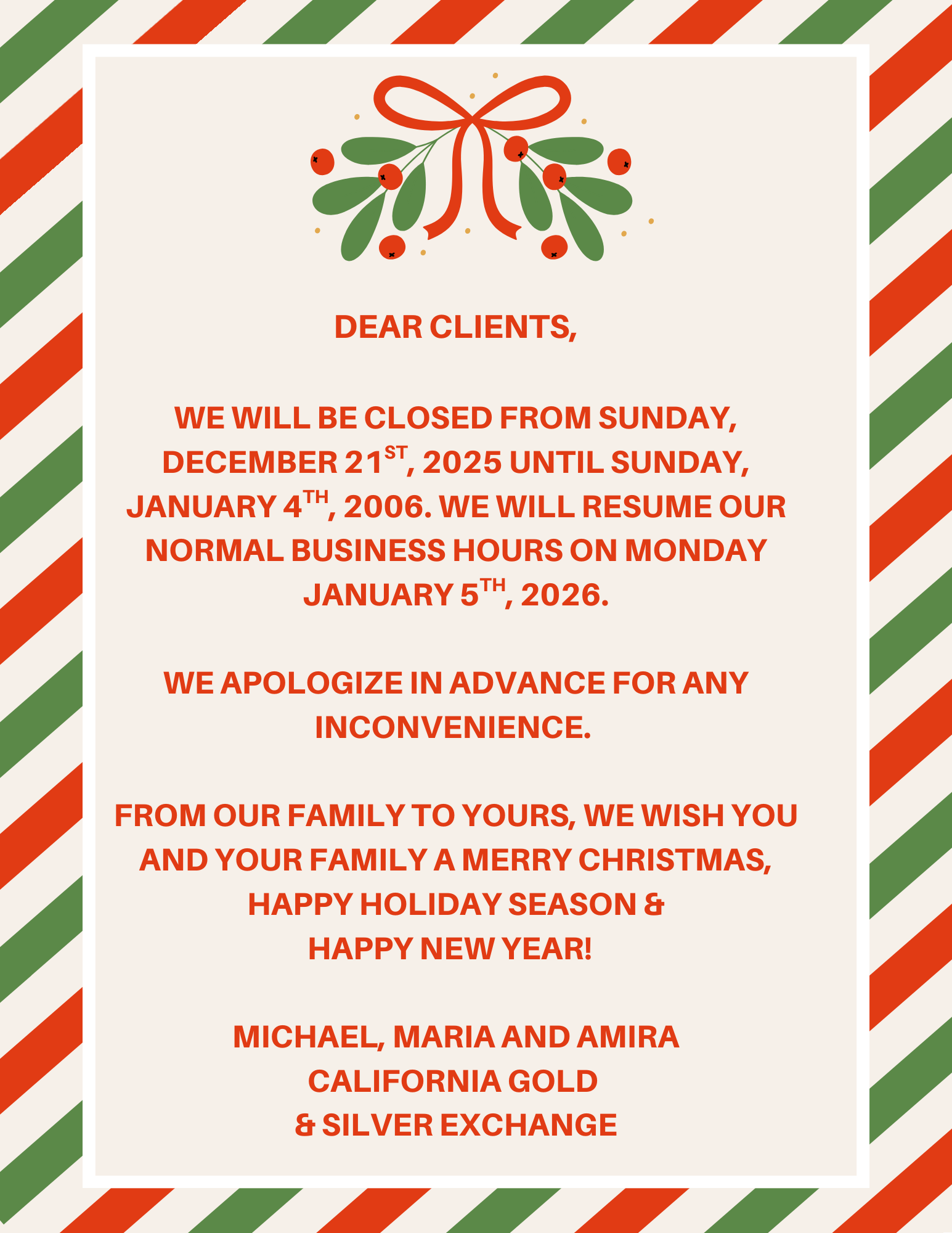We have received your message. If you indicated that you would like to make an appointment, we will reach out to you shortly.
When you sell gold to us, we will explain every step of the process to help you understand how selling gold works. With your XRF Precious metals Analyzer, we can test your gold to know exactly what purity your gold contains. This helps us assess your gold to give you the most when you sell.
When you hear the term sterling silver knives, it’s easy to assume that they are made entirely of pure silver. However, the truth is a bit more nuanced. Sterling silver knives, particularly butter knives, are not crafted from pure silver but rather sterling silver, an alloy of 92.5% silver and 7.5% other metals, typically copper. This distinction plays a significant role in the construction, durability, and value of these timeless flatware pieces.
This guide will help you understand the fascinating details behind sterling silver knives, how they are made, and how to distinguish between sterling silver, pure silver, and silver-plated flatware. By the end, you’ll have a greater appreciation for the craftsmanship behind these elegant dining tools.
RELATED: Sell your Sterling Silver to California Gold & Silver Exchange For Top Dollar
What Makes Sterling Silver Knives Different?
Sterling silver knives, including butter knives, are not made from pure silver for good reason. Pure silver, which contains 99.9% silver, is soft and malleable, making it unsuitable for everyday flatware. Sterling silver, on the other hand, is an alloy containing 92.5% silver and 7.5% copper, creating a balance between beauty and durability.
Key Features of Sterling Silver Knives
- Steel blades: Most sterling silver knives have blades made from stainless steel for sharpness and sturdiness.
- Sterling silver handles: The handles are crafted with an outer layer of authentic sterling silver (92.5% silver content) over a filler core, making them both beautiful and functional.
- Markings: Genuine sterling silver pieces are typically stamped with “Sterling” or “925,” signifying their authenticity as sterling silver.
The crucial thing to note is that while the handles are wrapped in genuine sterling silver, they are not solid sterling silver. Instead, a filler material is used inside the handle.
Understanding the Core of Sterling Silver Knife Handles
The construction of sterling silver knife handles is what often leads to confusion. While the outer layer is authentic sterling silver, the inside of the handle is filled with a core material rather than being a solid mass of silver.
Why Use a Filler Core Instead of Solid Silver?
- Cost-effectiveness: Using solid sterling silver for the entire handle would make it prohibitively expensive.
- Durability: A filler core adds stability to the handle, ensuring it can withstand regular use.
- Weight balance: The filler material provides the necessary heft for a comfortable grip and balanced handling.
What Materials Are Used as Fillers?
Filler materials can vary based on the age and manufacturer of the knife. Commonly used fillers include:
- Plaster
- Cement
- Epoxy resin
- Wax or lead (found in older vintage pieces)
These materials enhance the knife’s functionality while keeping the cost and weight manageable.
Sterling Silver Handles vs. Silver-Plated Handles
Not all silver-handled knives are created equal. Many people confuse sterling silver knives with silver-plated alternatives, but there are significant differences between the two.
| Feature | Sterling Silver Handle | Silver-Plated Handle |
|---|---|---|
| Outer Material | Solid sterling silver sheet | Thin silver plating over base metal |
| Core Material | Filler material (plaster, cement, etc.) | Base metal (e.g., nickel or brass) |
| Marking | “Sterling” or “925” | “Plated,” “EPNS,” or “Silverplate” |
| Value | Higher (due to real silver content) | Lower (minimal silver content) |
Sterling silver handles have a higher intrinsic value because of the actual silver content, whereas silver-plated items are more affordable but typically less durable and valuable.
How to Identify Your Sterling Silver Knife Handle
Wondering whether your knife handle is solid sterling silver, filled, or just silver-plated? Here are some tips to help you identify it:
- Check for markings: Look for engraved markings such as “Sterling” or “925.” Silver-plated pieces are usually marked with “EPNS” (Electroplated Nickel Silver) or similar terms.
- Perform a magnet test: Sterling silver is not magnetic, while base metals used in silver-plated items may attract a magnet.
- Tap test: Gently tap the handle against a hard surface. Sterling silver produces a soft, resonant tone, while plated items often sound dull.
- Seek professional appraisal: For vintage or unique pieces, a jeweler or antique expert can provide an accurate assessment.
By using these methods, you can identify whether your knife handle is genuine sterling silver or a less valuable alternative.
Are Vintage Knives More Likely to Be Solid Silver?
If you own vintage sterling silver knives, you might wonder if they are more likely to have solid sterling silver handles than modern ones. While vintage knives often feature higher quality craftsmanship, they rarely have handles made of solid sterling silver. Just like their modern counterparts, vintage sterling silver knives also typically use filler cores to balance cost and functionality.
However, the materials used for fillers in vintage pieces may differ. Older knives may contain wax or lead, materials less commonly used today due to safety concerns. This can make vintage knives more interesting to collectors but also requires additional care in handling and maintenance.
How Much Sterling Silver Is in a Knife Handle?
The amount of actual sterling silver in a knife handle depends on its construction:
- Sterling silver handle: The outer layer of a sterling silver handle is made from a thin sheet of sterling silver wrapped around the filler core.
- Silver-plated handle: Only a very thin layer of silver is applied, resulting in minimal silver content.
While sterling silver handles may not be solid silver, they still contain significantly more silver than silver-plated alternatives, giving them a higher value in terms of both aesthetics and material.
A Timeless Treasure for Your Dining Table
Sterling silver knives, particularly butter knives, are classic additions to any dining table. While they are not made from pure silver, their sterling silver construction combines durability, beauty, and practicality. Understanding their composition, from filler cores to authentic markings, provides valuable insights into their craftsmanship and value.
Whether you’re an avid collector or someone looking to invest in high-quality flatware, sterling silver knives are a testament to elegance and functionality. The next time you hold one in your hand, you’ll appreciate the care and detail that went into creating it.
Happy dining!
READ NEXT:
We have only one type of 1 Gram Gold Bar in stock right now, but there’s good news, it’s our most popular product! And there’s even better news: We sell them online! Click Here to Purchase
Investing in precious metals remains a timeless choice for wealth preservation, and gold bars are particularly favored for their compact form, value, and accessibility. Among these, the 1 gram gold bar is gaining immense popularity among investors, thanks to its affordability and versatility. Today, we spotlight one of the most sought-after options – the 1g Sunshine Minting Gold Bar – while also introducing other notable contenders in the market.
Why the 1g Sunshine Minting Gold Bar Is a Favorite
The 1g Sunshine Minting Gold Bar is a popular choice among investors for several reasons:
- Manufactured in the United States
- Composed of 1 gram of .9999 fine Gold
- Eligible for Precious Metals IRAs
- Guaranteed 100% authentic
- Security Feature- lens – verification not counterfeit
Its exceptional craftsmanship and credibility make it ideal for both new buyers and experienced investors.
Product Details
- Description:
Each 1g Sunshine Minting Gold Bar is meticulously crafted from .9999 fine gold, showcasing exceptional purity. The obverse features Sunshine Mint’s iconic eagle in flight against a blazing sun, representing quality and trust. The reverse displays the Sunshine Minting logo in a patterned design, a mark of authenticity and elegance.
- Specifications:
-
- Purity: .9999 fine gold
- Weight: 1 gram (0.03215 Troy oz)
- Country of Manufacture: United States
- IRA Eligible: Yes
- Bar Highlights:
-
- Made by the Sunshine Mint, a leader in precious metals production since 1979
- Includes a tamper-proof assay card for certification of authenticity
- Features advanced security technology such as the MintMark SI, which can be verified with a decoder lens
- Compact and portable, ideal for diversified investments
Price: $143.91 (cash or check), slightly higher via credit card or PayPal.
👉 Order your 1g Sunshine Minting Gold Bar now!
Why Investors Love the 1g Sunshine Minting Gold Bar
1. Affordability:
The 1g bar allows investors to enter the gold market at a low price, making precious metals accessible to more people.
2. Versatility:
Compact and easily transportable, the 1g gold bar is perfect for gifting or diversifying a growing portfolio.
3. Credibility:
Sunshine Minting’s global reputation for trustworthiness and quality ensures that your investments are secure and IRA-approved.
4. Security Features:
The advanced MintMark SI prevents counterfeiting and adds another layer of confidence.
To ensure the authenticity of a 1-gram Sunshine Minting gold bar and safeguard against counterfeits, the Sunshine Minting Decoder Lens is your key tool. Here’s a step-by-step guide to verify your gold bar and learn about its security features:
How to Verify Your Gold Bar:
-
-
- Find the MintMark SI™:
-
On the back of the gold bar, look for the repeating pattern of rising suns. Within this pattern lies the MintMark SI™ security feature.
-
-
- Use the Decoder Lens:
-
This specialized acrylic lens is designed to reveal hidden security features on Sunshine Minting gold bars.
-
-
- Align the Lens:
-
Place the decoder lens directly over the MintMark SI™ and view it carefully.
-
-
- Look for “VALID”:
-
If the gold bar is genuine, the word “VALID” will appear when viewed through the lens at the correct angle.
-
-
- Rotate the Lens:
-
Turn the decoder lens 90 degrees (vertically). A distinctive sunburst pattern should become visible, further confirming authenticity.
Key Tips to Avoid Counterfeits:
-
-
- Buy from Trusted Dealers:
-
Always purchase from reputable sources to reduce the risk of acquiring fake gold.
-
-
- Inspect Packaging:
-
Ensure the assay card and tamper-evident packaging are intact and undamaged.
-
-
- Verify Serial Numbers:
-
Cross-check the serial number on the gold bar with the one on the assay card. For extra assurance, you can contact Sunshine Minting to confirm its validity.
-
-
- Leverage Additional Security Features:
-
Sunshine Minting incorporates advanced countermeasures, including micro-engraving and a patented security pad, adding extra layers of protection. Learn more from the U.S. Gold Bureau .
By using the Sunshine Minting Decoder Lens and following these guidelines, you can confidently verify the authenticity of your gold and invest with peace of mind.
Other Popular 1 Gram Gold Bars
Looking to explore additional options? Multiple 1-gram bars deliver great value and aesthetic appeal, similar to the Sunshine Minting Gold Bar.
1g PAMP Gold Bar – Fortuna
- Description: Featuring the famous Fortuna design, signifying luck and fortune. Includes the secure Veriscan technology to ensure authenticity.
- Purity: .9999 fine gold
- Price: Starting at $135.60
Any Year 1g Chinese Gold Panda
- Description: A collector’s favorite featuring varying designs of the iconic panda.
- Purity: .999 fine gold
- Price: Starting at $127.66
1g Valcambi Minted Gold Bar
- Description: A sleek and minimalist design produced by Swiss mint Valcambi, known for outstanding quality.
- Purity: .9999 fine gold
- Price: Starting at $116.41
1g Credit Suisse Gold Bullion Bar
- Description: Backed by the enduring reputation of Credit Suisse, these bars are a solid, safe investment choice.
- Purity: .9999 fine gold
- Price: Starting at $118.18
👉 Explore more 1g gold bars now!
Why Choose a 1 Gram Gold Bar
1g gold bars serve as an excellent entry point for new investors, offering affordability and ease of liquidation. Their standardized weight and consistent purity make them globally recognized assets, whether you’re building an investment portfolio or simply looking for portable wealth.
When you buy from trusted dealers like California Gold & Silver Exchange, you ensure competitive pricing, authenticity guaranteed by certification, and a seamless buying experience.
Make Your Investment Today
Whether you’re a seasoned investor or exploring gold investments for the first time, 1 gram gold bars offer unmatched flexibility and appeal. The 1g Sunshine Minting Gold Bar sets the industry standard, providing reliability, security, and a touch of elegance in every purchase.
Don’t miss the opportunity to diversify your assets with trusted, high-quality gold investments.
Your Guide to Understanding the Value of Buffalo Nickels
Have you stumbled upon a Buffalo Nickel in your attic, or perhaps among your great-grandparent’s belongings, and wondered if it’s worth more than five cents? This iconic piece of American coinage is not only a fascinating slice of history, but it also has potential monetary value for collectors. While many Buffalo Nickels are common and hold modest values, some could be worth hundreds or thousands of dollars.
This guide will walk you through what makes Buffalo Nickels valuable, key dates to look out for, how to determine their worth, and tips to avoid potential scams.
A Brief History of the Buffalo Nickel
The Buffalo Nickel, officially known as the Indian Head Nickel, was produced from 1913 to 1938. Designed by James Earle Fraser, it features a rugged depiction of a Native American on the obverse (heads) and an American bison on the reverse (tails). The Native American portrait is a composite of three chiefs from different tribes, while the buffalo on the reverse may have been modeled after Black Diamond, a bison at the Bronx Zoo, though this claim remains unconfirmed.
Initially, the design led to the denomination “FIVE CENTS” wearing off prematurely. To address this, the U.S. Mint modified the coin mid-1913, thus creating two design types for that year. Today, Buffalo Nickels are beloved by collectors for their rich history and artistry.
What Determines the Value of a Buffalo Nickel?
1. Condition (Grading)
The condition of a Buffalo Nickel is vital in determining its value. Coins are graded on a scale ranging from Poor (P-1) to Mint State (MS-70). The better preserved the coin, the higher its value. To evaluate a Buffalo Nickel’s grade, focus on key wear points:
- The buffalo’s horn on the reverse.
- The cheekbone and braid on the Native American’s portrait.
For instance:
- Good (G): Most details are worn, the date may be faint, but major design elements are visible.
- Extremely Fine (EF): Details like the buffalo’s horn and the Native American’s braid remain sharp.
- Uncirculated (MS): No wear, with the coin appearing as though it just came from the mint.
2. Rarity (Key Dates and Mint Marks)
Each Buffalo Nickel has a date and, in some cases, a mint mark indicating where it was produced (Denver “D,” San Francisco “S,” and Philadelphia with no mint mark). Some dates and mint mark combinations are harder to find due to lower mintages, making them highly sought after by collectors.
Key dates include:
- 1913 Type 1 & 2: The first-year design changes make these coins distinct.
- 1914-D and 1914-S: Limited production in Denver and San Francisco.
- 1921-S: A rare coin due to low mintage.
- 1937-D “Three-Legged”: A famous error coin where the buffalo’s front leg is missing due to die over-polishing.
3. Errors and Varieties
Certain error coins and die varieties significantly increase a Buffalo Nickel’s value:
- 1937-D “Three-Legged” Error: Look carefully at the buffalo’s legs; if one is missing, it might be worth thousands of dollars.
- 1916/16 Doubled Die: Characterized by doubling in the date, this error is valued at tens of thousands.
- 1925 Struck on a Dime Planchet: A rare double denomination coin that is highly coveted.
4. Overall Demand
Some coins hold value simply due to their cultural relevance or inclusion in iconic collections. The Buffalo Nickel’s classic design ensures ongoing interest from numismatists.
Key Buffalo Nickels to Look For
Here are the most valuable Buffalo Nickels along with what makes them special:
| Year and Mint Mark | Highlight | Estimated Value |
|---|---|---|
| 1913 Type 1 | First-year design | $20 – $1,000+ |
| 1913 Type 2 | Revised design | $20 – $1,200+ |
| 1914-D/S | Low mintage | $150 – $15,000+ |
| 1921-S | Rare issue | $100 – $12,000+ |
| 1926-S | Exceptionally scarce | $250 – $6,000+ |
| 1937-D “Three-Legged” | Famous error | $500 – $20,000+ |
Keep an eye out for these coins in pocket change, flea markets, or old family keepsakes.
Debunking Myths About Buffalo Nickel Values
It’s easy to think every old coin might be worth a fortune. Unfortunately, not all Buffalo Nickels hold high value. Many common-date coins in circulated condition may only be worth 50 cents to a few dollars. Factors like heavy wear, lack of visible date, or a high mintage batch can diminish their worth.
Don’t set unrealistic expectations. While some coins are worth thousands, patience and understanding are key when dealing with collectibles.
Avoiding Scams and Hoaxes
The world of coin collecting has its fair share of scams. Here’s what to watch out for:
- Overpriced Common Coins: Be wary of sellers claiming a common Buffalo Nickel is rare and demanding high prices.
- Fake Errors: Some may attempt to tamper with coins, creating “errors” like a missing leg.
- Exaggerated Grading Claims: Coins listed online might not match the described grade.
Tips to Steer Clear of Scams:
- Always buy from reputable dealers or marketplaces.
- Reference guides like the “Red Book” to verify a coin’s value.
- Seek professional appraisal for potentially valuable coins.
How to Determine the Value of Your Buffalo Nickel
Follow these steps to evaluate your coin:
- Identify the Date and Mint Mark: Located on the obverse near the bottom and, for mint marks, on the reverse below “FIVE CENTS.”
- Check the Condition: Assess the amount of wear and key design details.
- Consult Price Guides: Resources like “A Guide Book of United States Coins” provide reliable pricing.
- Seek Professional Appraisal: A trusted dealer or grading service (like PCGS or NGC) can provide an accurate evaluation.
Where to Sell Your Buffalo Nickel
If you decide to sell your Buffalo Nickel, consider these options:
- Local Coin Shops and Dealers: Convenient and trustworthy.
- Online Marketplaces: Sites like eBay may offer wider audiences but require caution.
- Auctions: Best suited for high-value or rare coins.
When selling, it’s wise to obtain multiple appraisals and offers. For peace of mind, rely on experienced professionals for high-value items.
The Lasting Legacy of Buffalo Nickels
Buffalo Nickels are more than just coins; they’re windows into America’s past. While not every nickel will make you rich, the historical significance and artistry of these coins ensure they remain popular among collectors.
Visit California Gold & Silver Exchange for a Free Appraisal
Found a Buffalo Nickel in your pocket or collection? Curious about its value? Bring it to California Gold & Silver Exchange in Upland, CA for a free expert appraisal! We’ll help you uncover its story and worth. Contact us today or visit our location!

